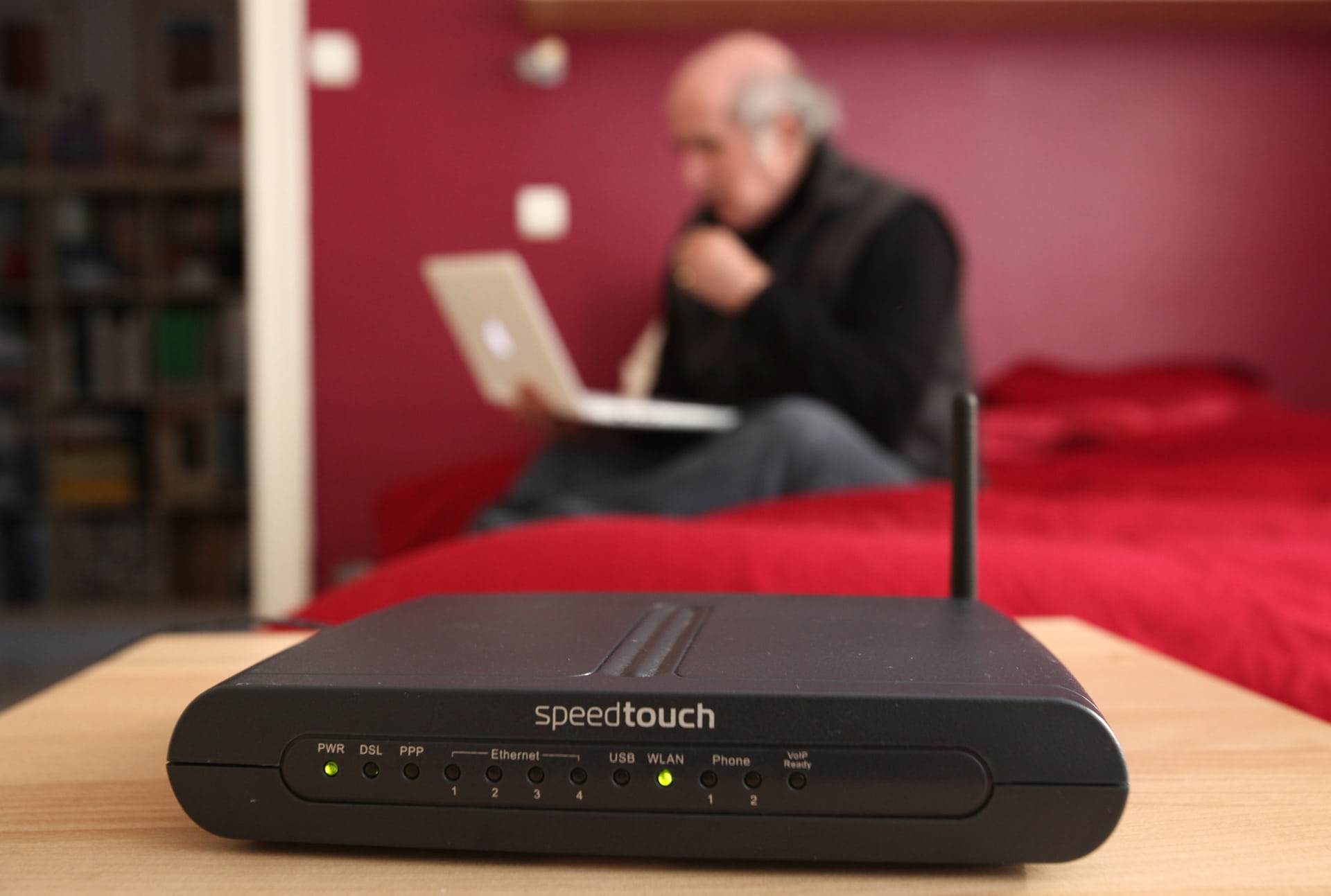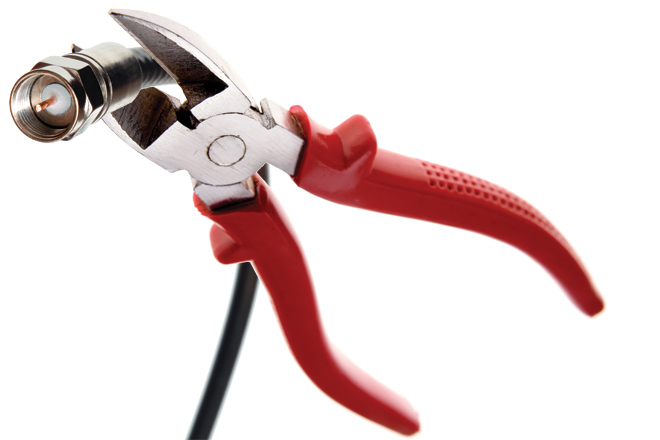What’s the best way to test my broadband speed?

Since most homes are now using wifi routers, speed checks to make sure you’re getting your money’s worth is not as simple as it used to be. The router may not give you the same bandwidth as what you’ll get with a hard-wired connection. Also, the speed may vary based on usage in the home. Here are some things you should know coming from experts in the field.
It should be clear that you cannot check the speed of your broadband using wifi. When you buy a broadband service from an ISP (Internet Service Provider), they are only responsible for the service delivered to your premises or, at best, to the router. Also, if you buy a service that offers “up to” a certain speed, that’s basically the best case. It only guarantees that [some] of the users of that service get that speed. Most people will get less.
Is your Broadband Speed Test Showing Slow Internet or Wifi Issues?
Broadband speeds are reduced by all sorts of factors. These include the distance from the exchange, the quality of the wiring, the number of joints in the wiring, the face-plate, the quality of the router, and the time of day. (You should get faster speeds at midnight than at midday because fewer people will be contending for the available bandwidth.)
The speed measured by a broadband test will also be affected by the state of both the router and the PC used to run the benchmark.
Either way, you can only measure your broadband speed by connecting a device directly to the router using a good quality Ethernet cable. Any tests you run over wifi will not give the true speed because wifi connections are slower and less reliable than Ethernet connections.
For example, my download speed at midday yesterday was 74.4Mbps when measured using a desktop PC with a direct connection. The speed dropped to about 25Mbps when using a wifi-connected Windows 10 laptop, and to 15Mbps on an Android smartphone.
In fact, 74.4Mbps is a good speed for an “up to 76Mbps” FTTC (fibre-to-the-cabinet) broadband service. I can’t complain about slower wifi speeds on laptops, tablets and smartphones. My ISP cannot do anything about those.
How to test
There are casual tests and serious tests. To run a casual test, go to any broadband speed checker and run the test in a browser. In most cases, the results will be good enough. If you are getting around 7Mbps from an ADSL connection, 12-16Mbps from ADSL2, 30Mbps from FTTC, 50Mbps from cable or 20Mbps from mobile broadband then you don’t have a major problem. Eking out a little extra speed won’t change your life.
To run a serious test, you must turn off your PC’s wifi (if any) and connect it to the router using an ethernet cable. Also turn off any other devices that are using the connection, such as TVs, set-top boxes, smartphones etc, and restart your router. After five minutes, restart your PC and close down as many programs as possible, including anti-virus software. Finally, open a clean browser and follow a bookmark to your chosen broadband speed testers.
I ran semi-serious tests with more a dozen broadband test sites for this answer. I did the restarts and used clean browsers, but I didn’t turn off anti-virus or kill all background tasks.
Which tester?
Unfortunately, for best results, you have to use a local server: whichever has the lowest latency or ping rate. You can search for local alternatives, or use Speedtest.net or any service that mentions Ookla.
The websites that I’ve found to give the most accurate results are Speedtest.net (Ookla), and Thinkbroadband.com. They all agreed that my download speed was around 74.4Mbps while my upload speed was around 9.6Mbps, with a ping rate of 7ms. They also gave the same results in both the Edge and Chrome browsers.
Thinkbroadband.com gave a more sophisticated answer, including a graph. It said my download speed was 72.3Mbps “bursting to 74.6Mbps”. It depends how you calculate throughput in tests that use multiple simultaneous download streams to max out the line.
The results were confirmed by the “official” speed test for Openreach or BT Wholesale services, which are retailed by a lot of different ISPs. This pegged my download speed at 75.26Mbps and my upload speed at 9.32Mbps.
Bear in mind that your results will vary depending on the server, the internet, the local exchange and other factors. If results are well out of range, you can always try them at different times of day, or after another set of restarts.
Should You Get Better wifi?
You may have a wifi problem, rather than a broadband speed problem.
First, test your broadband speed with the laptop close to the router. If it’s fast enough, then you need to improve the signal strength where you normally use your PC. See my earlier answer for some suggestions: How can I extend wifi to the other side of my house?
Check out the most popular wireless routers on newegg.com
If your wifi is still slow, then it could be a router problem or a laptop problem. Try an alternative laptop to see if it works better. Could you ask a friend or relative to bring one to your house?
If your laptop’s wifi is the problem, you could try plugging in a USB wireless adaptor instead. Single-band adaptors are cheapest, but it’s worth getting a dual-band device such as the Netgear A6100 or a Diza 100. (The 5GHz band is faster than the 2.4GHz band.) USB 3 adaptors cost more.



